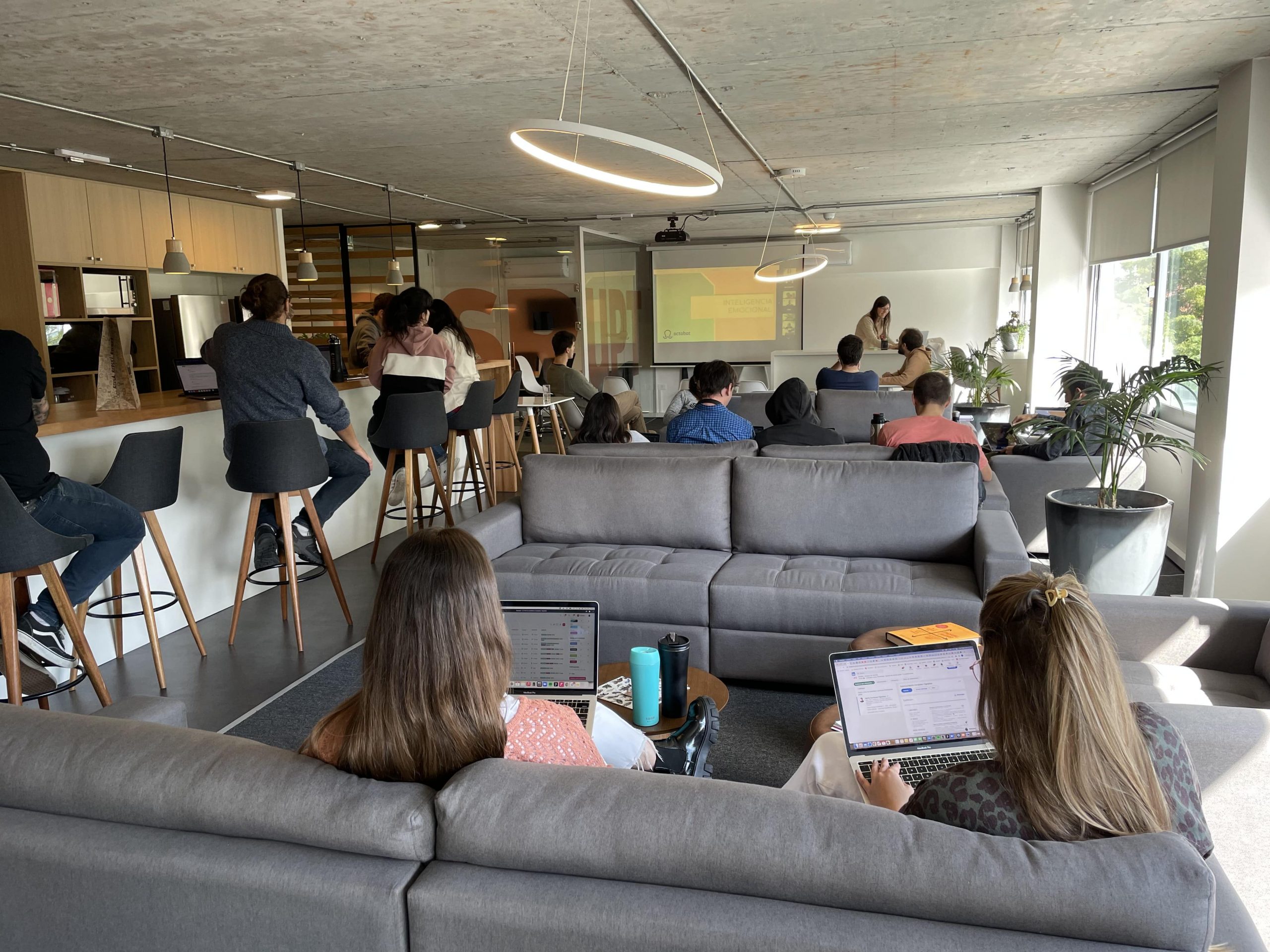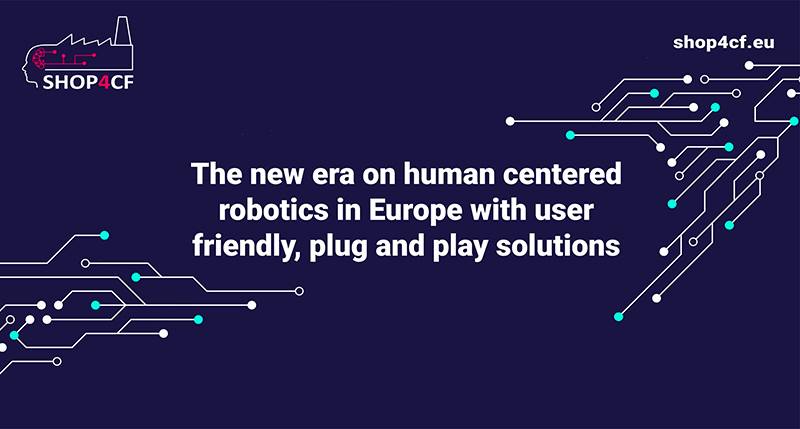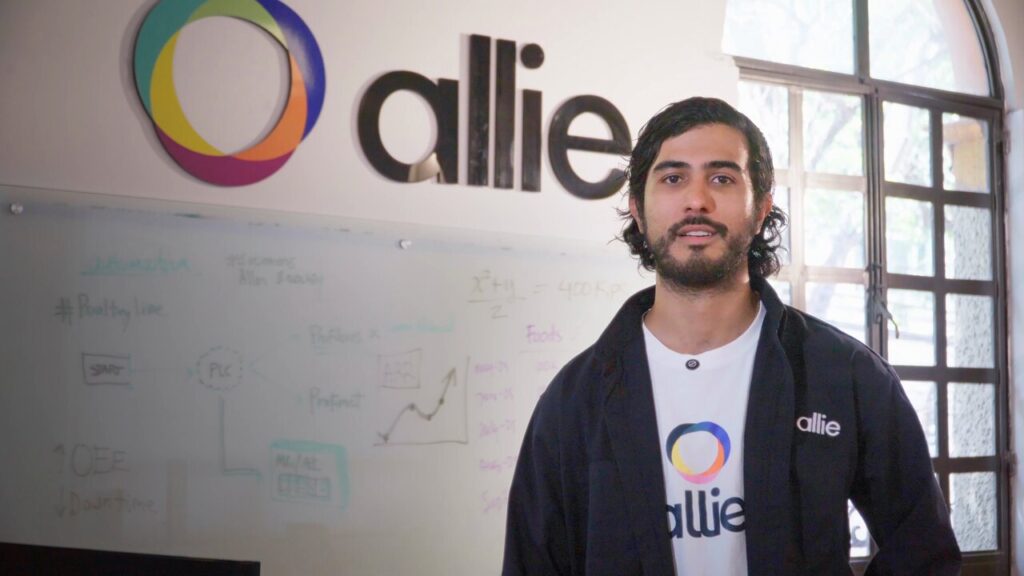This article is a guest contribution from Guillermo Perez, CEO and Co-Founder of Octobot.
It’s already challenging to find talent in the U.S., but finding software developers is like looking for a needle in a haystack. The lack of skilled talent has become a significant barrier to adopting emerging technologies, according to 64% of IT executives.
The global competition for skills is even more pressuring among senior candidates. But focussing only on years of experience is a mistake many companies are making. The alumni waiting in line to enter Silicon Valley is full of talented, younger specialists like Charu Thomas, Jeremiah Pate, and Scott Wu. These 21-year-old students had never worked on a real-life project before. Yet, they developed wearable software to increase accuracy and speed in warehouse order picking, engineered radar satellite systems that can take an MRI scan of the planet, and built AI superconnectors, respectively. Their revolutionary ideas, intellect, and desire to learn proved to be as crucial as years in the field.
So if tomorrow’s IT talent is already waiting in the wings, what do companies need to do to attract junior software developers, and how can they successfully integrate their skillset into the company? Let’s find out.
Meet your future talent where they hang out
When it comes to hiring, it’s about meeting the talent where they are most present: online. Whether you are searching the web through university talent pools or browsing through alumni networks, the highest chance to prompt open positions is being as social as the talent you’re looking for in their platforms.
For 60% of 23 to 38-year-olds, that place is LinkedIn. Now, while Microsoft attracts two million annual applicants to their open positions, finding the right talent for smaller and lesser-known companies is a very proactive task. Our recruiters use LinkedIn’s search capabilities to look for keywords for interests such as “cloud engineer” or “Python”, qualifications, or even completion of academic courses to match candidates with the job.
Allowing your teammates to view your communication history with prospects will avoid duplicate messaging. LinkedIn Recruiter is useful for tagging your teammates to profiles, giving them full conversation visibility, and you can track the performance of your InMails. Sharing the same company log-in would also enable historical access; however, this limits the number of candidates you talk to at a given time.
If you’re targeting a talent pool, there are some specific rules. Instead of sending them the job description directly, start with building a relationship. Like marketing lead generation, it’s about setting incentives and keeping your talent engaged over time. We have received the best results when recruiting our candidates by sending over interactive material.
Whether it’s personal best practice tips, a link to our podcast, or our office video, by testing their knowledge midway or asking them if they liked the video at the end, we can gauge satisfaction and improve the content we send.
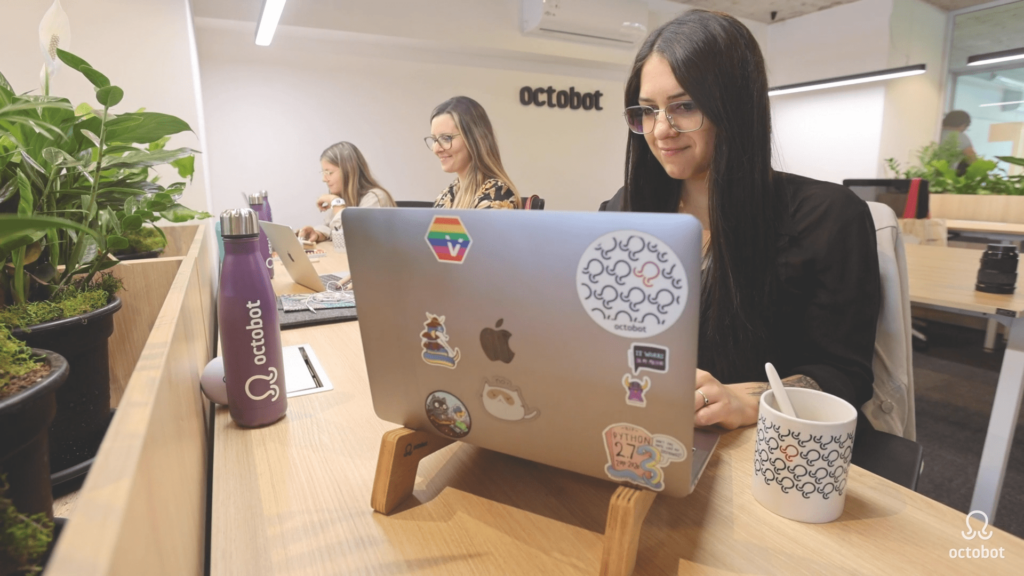
Generating direct interaction with your company will encourage candidates to follow you. These candidates may not apply to positions right away – but patience is key. We’ve seen exceptionally high “conversion rates,” from followers to applications, after connecting with our talent leads for over a month and sending over interactive content weekly.
However, it’s also important to recognize a lost cause. Sending too many messages can overwhelm a candidate – so we recommend no more than three messages if you don’t gain a response.
Nevertheless, LinkedIn has already become quite popular, so competition is fierce. That’s why we’ve started an initiative on Instagram, focusing on the younger generation. 62% of Gen Z check Instagram daily, spending an average of 21 hours a week on social media.
In our Instagram takeover, our employees share their day in our stories and authentically demonstrate our culture. We began this project in May 2021, and in the last year, we saw an increase of over 90% in the reach of our Instagram stories. By connecting with our audience where they are present, we tap into talent pools of juniors interested in our projects and how we work.
Filter through your candidates to get to the top 5% of talent
Now comes the hard part. When hiring software developers, skills are of utmost importance. However, you can have the most skilled talent, but if they don’t collaborate, this won’t work either.
At Octobot, we hire based on what new members can add to the team. Finding recruits with different backgrounds, skill sets, and unique ideas challenges innovation and minimizes unconscious bias. If we all walked and talked the same, our growth would be limited. The idea is to hire and build specialists that may alter the existing culture; however, they must share a team player mindset.
With 71% of Gen Z’s having a do-it-yourself attitude, prioritizing a cultural interview first is a must. Questions like: Tell me an experience where you worked in a team and had to resolve a disagreement. How did you handle it? And what would you do differently?
Identifying the missteps draws out their negotiation skills, ability to reflect, and courage to accept and share where they could improve. Collaborative cultures are vital in product development. The ideal candidates will demonstrate they listen to their teammates and identify others’ strengths and weaknesses as well as their own.
For junior roles with candidates who haven’t had experience outside the classroom, you will be surprised how many of the same technical questions can still apply. For example: How would you scale access to a system like Twitter? – what you’re looking for here is their ability to distinguish a problem and explain a solution while testing their design systems knowledge. Broad questions like these will also ring out the harbingers of curiosity, and you can expect top candidates will ask for some requirements to narrow down their answers.
If you are looking for a specific programming language like React, and the candidate has little experience, but in the interview they said: “I don’t know React that well, but I want to learn, and I believe the front-end course I am studying has familiarized me with coding strategies that will better support my integration with React”, this is a strong candidate.
Three-quarters of Gen Z want the ability to develop their skills within the company. Test whether they have contextual comprehension with questions like: How might React improve the website’s responsiveness? And you can certify their ability to transfer their skills from what they learned in their course, to the requirements of the job description.
You can train skills but you can’t teach attitude
Reflect your startup’s agile mindset when hiring: You shape talent and grow together. Gen Z wants to know whether companies will help them get new skills as jobs shift. When they first join the team, rather than directly working with clients, allow them to work on a practice project. Our junior-enrolling boot camp allows our new hires to put their skills and knowledge in practice in an internal project.
Also, we set each recruit with a coach with more experience. This way, they have someone they can relate to throughout the process, someone who can advise them, and they become accustomed to the ways of working and knowledge-sharing practices. When they finish, they do a demo and present it to their teammates. External software boot camps are a good option to take a look at.
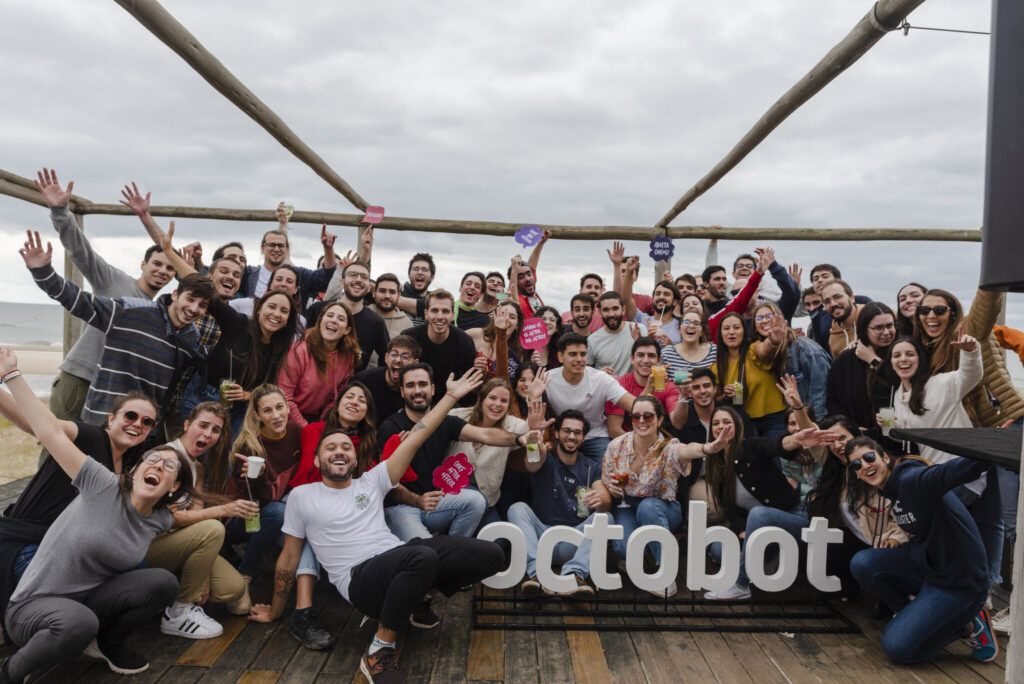
Presentation skills are fundamental in client-facing roles. Your developers need to provide proof of concept and pitch ideas to partners and achieve the best results for their businesses. Imagine a client is looking for a new user interface. Your latest recruit is a whizz at deploying front-end frameworks but they stumble at the client’s questions. The client loses confidence and, in the worst-case scenario, takes their business elsewhere.
By prepping your team for their client projects in a safe, practice environment, you can iron out misunderstandings and increase their confidence ahead of the real thing.
The training opportunities and the ability to connect with the culture through socials before joining are big factors for junior candidates. We are finding the ability to self-educate exciting for developers. Growth mindsets are born from curiosity, and they crave learning. And programming involves endless frameworks to discover. New codes and APIs launch daily. Initiatives like Codecademy or Codeanywhere are great for your team to build on the skills they are passionate about.
The competition isn’t only for skills. It’s for finding the right cultural blend. Offering a support system that provides learning and growth, tasks that satisfy the brains of your juniors, and building a path for their future together will help you attain and retain your talent.
Find out what excites your workers and how to implement a development plan. Presenting your culture through social media welcomes new talent with open eyes. You may tweak the strategies along the way, but as long as they are part of a transparent process, you will gain loyalty from your intelligent, curious, and driven juniors.

Guillermo Perez, CEO and Co-Founder of Octobot, a software consulting firm that transforms people’s digital experiences. The company services a wide range of industries including, Agtech, B2B SaaS, Healthcare, Retail, Government and Fintech.
Disclosure: This article includes a client of an Espacio portfolio company.

